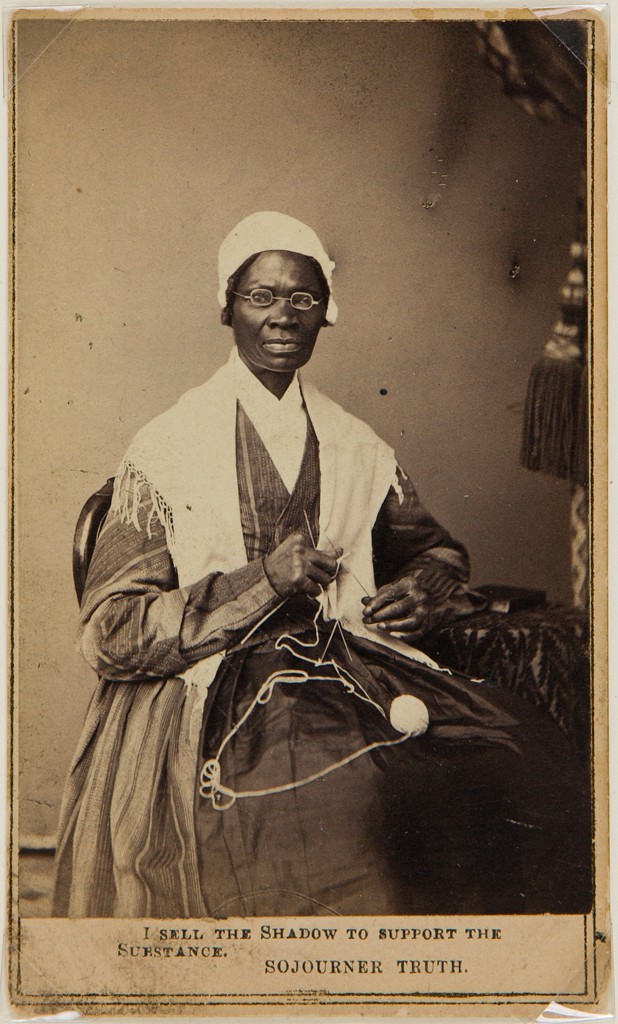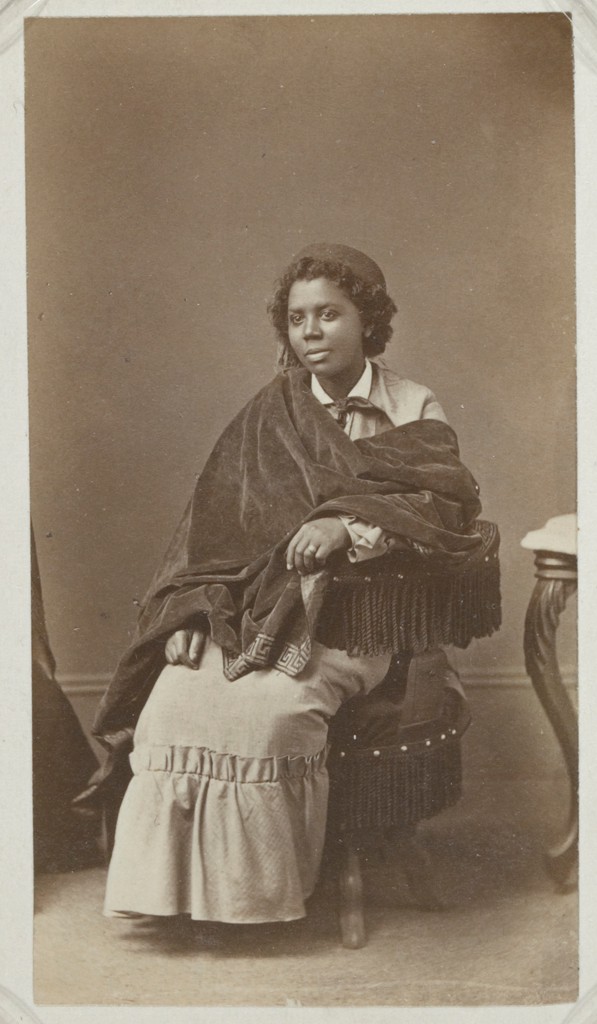On June 19, 1865, a full two and a half years after President Lincoln’s Emancipation Proclamation mandated the abolition of slavery in the Confederacy and two months after the end of the Civil War, word reached enslaved African Americans in Galveston, Texas, that they were free.
On that Monday, referred to by many as America’s second Independence Day, Union troops marched into Texas, the westernmost Confederate state, bringing news of the end of the war and freedom to 250,000 enslaved African Americans. Known as Juneteenth, the date is celebrated across the United States as the end of chattel slavery.
This Juneteenth, Harvard Art Museums curatorial fellows have selected works of art connected to histories of enslavement, emancipation, and inequality in the United States. As we commemorate the 155th anniversary of Juneteenth, we hope these selections foster discussion about the relationship of race, history, and artistic production in our nation and the world. This article, the first of a three-part series, places art and objects from the Age of Emancipation in dialogue with the ongoing fight for racial justice today.
Ceramics, Slavery, and the Fight for Abolition
The iconography on the jug pictured above derives from the seal of the British Society for the Abolition of the Slave Trade. Designed in 1787 to advance the group’s efforts, the emblem originally featured the words, “Am I Not a Man and a Brother,” surrounding a kneeling Black man in profile, hands and feet shackled. Jasperware cameos (medallions) bearing this emblem were soon manufactured by English potter Josiah Wedgwood, a member of the abolition society. Within months, Wedgwood’s cameos had crossed the Atlantic. With the widespread distribution of the medallions—often incorporated into accessories such as barrettes, bracelets, and pins—British and American abolitionists embraced a visual shorthand that symbolized their shared mission. In the subsequent decades, the design was further disseminated on both sides of the Atlantic through prints, textiles, and transfer-printed ceramics. The jug seen here illustrates one such adaptation. The figure, now frontally facing, is set within a coastal landscape, and the text has been slightly modified. His gaze is locked on the viewer, as he implores us to recognize his humanity before it’s too late—a slave ship fast approaches. Produced over 200 years ago to advocate the abolitionist cause, this jug poses a question still urgent today.



